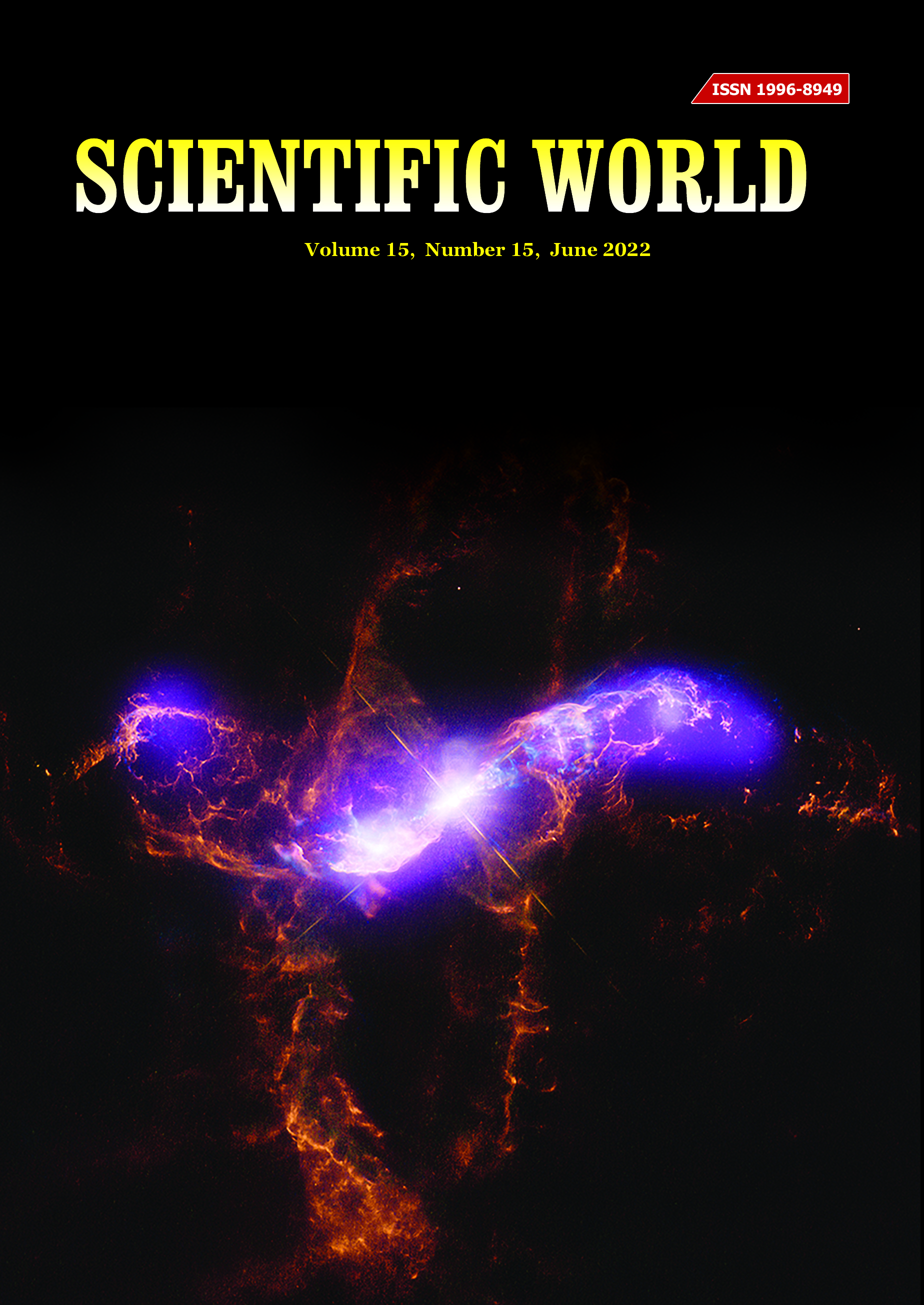Comparative investigation on antihyperglycemic and antioxidant activity of Zingiber officinale growing in different regions of Nepal
DOI:
https://doi.org/10.3126/sw.v15i15.45885Keywords:
Zingiber officinale; DPPH; Antioxidant; Antidiabetic; AntibacterialAbstract
The aim of this research is to collect Zingiber officinale from the different altitudes of Nepal for the study of antioxidant activity, quantification of phenolic and flavonoid content, α-amylase enzyme inhibition and the toxicity test. The phenolic and flavonoid content in methanol extracts of Z. officinale was estimated by Folin-Ciocalteu colorimetric method and aluminium chloride colorimetric assay. The antioxidant potential was determined by DPPH free radical scavenging assay and the toxicity of the extracts was performed by brine shrimp lethality assay. Similarly, the antidiabetic activity of extracts was evaluated by the α-amylase enzyme inhibition assay. The antioxidant potential of Zingiber officinale was evaluated as inhibitory concentration IC50 values which were found to be in the range from 44.43 µg/mL to 65.71 µg/mL in the sample collected from the different regions of Nepal. The total phenolic content in Z. officinale collected from different regions was found to be in a range from 118.19±3.32 mg GAE/g to 222.04±24.93 mg GAE/g. The total flavonoid content was found to be lower than that of total phenolic content in Z. officinale collected from different altitudes of Nepal. The total flavonoid was found to be in a range from 42.10 ± 4.48 mg QE/g to 62.95 ± 0.70 mg QE/g. The brine shrimp lethality LC50 in Z. officinale collected from the different regions was found to be higher than 1000 µg/mL. The α-amylase enzyme inhibition IC50 of Z. officinale growing in different regions of Nepal was found to be in a range from 161.25 µg/mL to 216.59 µg/mL. This study is the first attempt for comparing the antioxidant and α-amylase enzyme inhibition activity of Z. officinale growing at different altitudes of Nepal.




